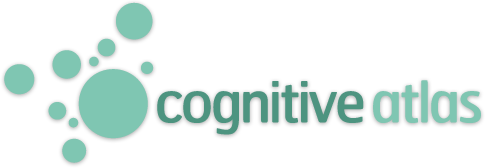The Future Orientation Scale of the Time Perspective Survey (child version) assesses the extent to which school-aged children have the ability or inclination to focus their attention on the future, as opposed to focusing on the past or present moments. Children are asked to respond with how well each statement describes what they believe on a Likert scale ranging from 1 (“Very Untrue”) to 5 (“Very True”). There are 13 total items (e.g., “Finishing homework and doing other jobs at home comes before play”, “I make lists of things to do.”) This scale was modified from the original measure that was developed for adults.
Definition contributed by JShaw
Definition contributed by JShaw
Future Orientation Scale of the Time Perspective Survey (child version) has been asserted to measure the following CONCEPTS
as measured by the contrast:
Phenotypes associated with Future Orientation Scale of the Time Perspective Survey (child version)
Disorders
No associations have been added.Traits
No associations have been added.Behaviors
No associations have been added.IMPLEMENTATIONS of Future Orientation Scale of the Time Perspective Survey (child version)
No implementations have been added.
EXTERNAL DATASETS for Future Orientation Scale of the Time Perspective Survey (child version)
No implementations have been added.
No implementations have been added.
CONDITIONS
Experimental conditions are the subsets of an experiment that define the relevant experimental manipulation.
CONTRASTS
In the Cognitive Atlas, we define a contrast as any function over experimental conditions. The simplest contrast is the indicator value for a specific condition; more complex contrasts include linear or nonlinear functions of the indicator across different experimental conditions.
INDICATORS
No indicators have yet been associated.
An indicator is a specific quantitative or qualitative variable that is recorded for analysis. These may include behavioral variables (such as response time, accuracy, or other measures of performance) or physiological variables (including genetics, psychophysiology, or brain imaging data).
